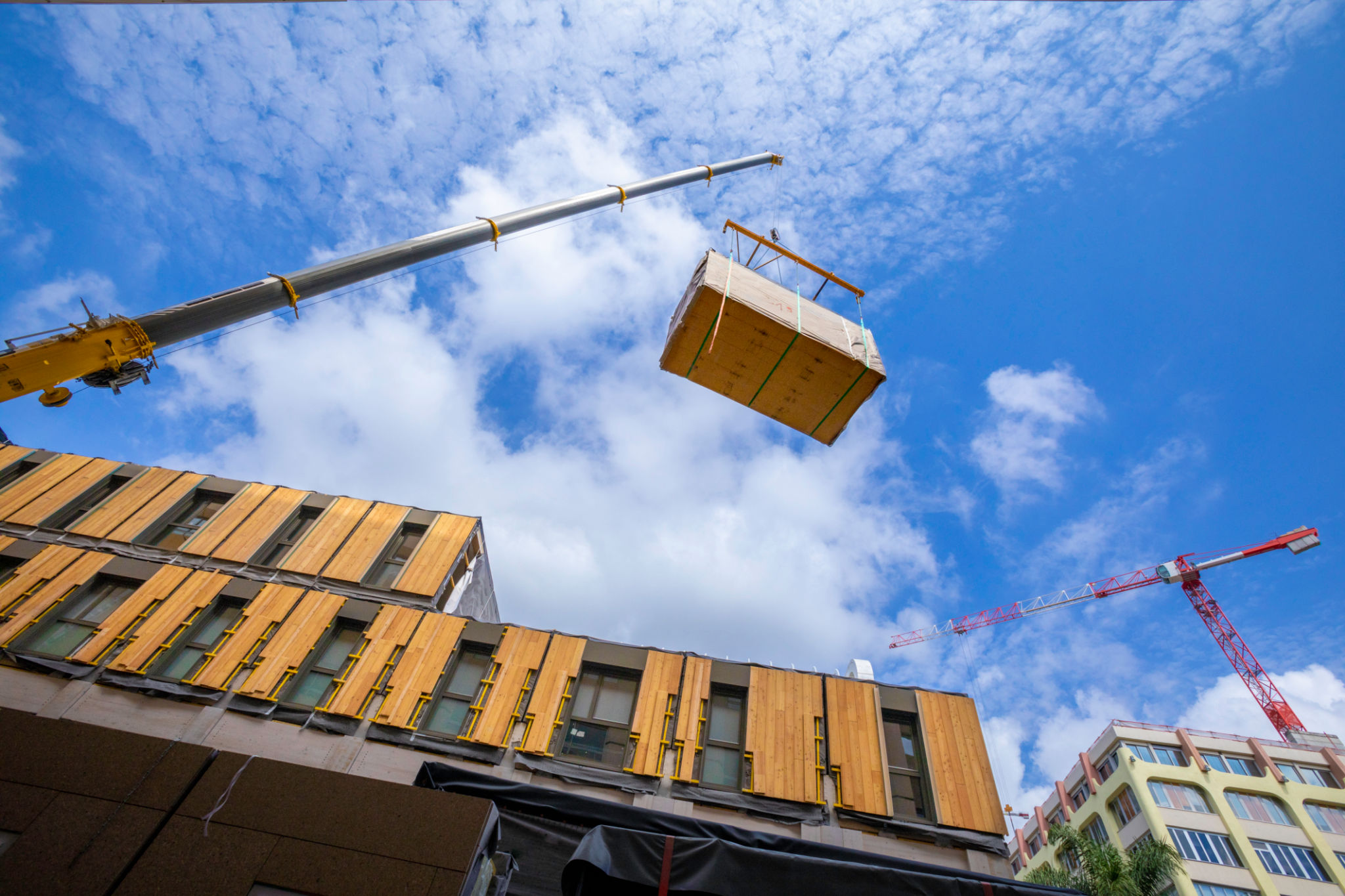Top Construction Trends: Innovations Shaping the Industry
Embracing Sustainability in Construction
One of the most significant trends revolutionizing the construction industry is the emphasis on sustainability. As environmental concerns escalate, builders and developers are keen on adopting eco-friendly practices. The use of sustainable materials, such as recycled steel, bamboo, and cross-laminated timber, is becoming increasingly popular. These materials not only minimize environmental impact but also enhance the longevity and resilience of structures.
Furthermore, green building certifications like LEED and BREEAM are gaining traction, encouraging companies to design projects that promote energy efficiency and reduce carbon footprints. Implementing energy-efficient systems, such as solar panels and advanced insulation, is now a standard practice in modern construction projects.

The Rise of Smart Technologies
Smart technologies are reshaping the construction landscape by improving efficiency and safety on job sites. The integration of IoT devices allows for real-time monitoring and management of construction activities. These technologies can track equipment usage, monitor employee safety, and optimize resource allocation, leading to significant cost savings.
Additionally, Building Information Modeling (BIM) is revolutionizing project planning and execution. BIM provides a digital representation of a building's physical and functional characteristics, enabling better collaboration among stakeholders. This technology facilitates precise planning, reduces errors, and enhances project delivery timelines.

Innovations in Prefabrication and Modular Construction
Prefabrication and modular construction techniques are gaining momentum due to their efficiency and cost-effectiveness. By constructing components off-site in a controlled environment, these methods minimize delays caused by weather conditions and improve quality control. This approach significantly reduces construction time and waste, making it an attractive option for many developers.
Modular construction is particularly beneficial for projects requiring rapid deployment, such as hospitals, schools, and residential complexes. The ability to assemble modules quickly on-site streamlines the construction process while maintaining high standards of precision and quality.

The Impact of Robotics and Automation
The adoption of robotics and automation in construction is another noteworthy trend. Robots are now being used for tasks such as bricklaying, demolition, and even autonomous machinery operation. These advancements enhance productivity by allowing continuous work without breaks or fatigue.
Automation also extends to drones, which are increasingly employed for site inspections, surveying, and progress tracking. Drones provide valuable aerial insights that aid in decision-making and ensure project compliance with safety regulations.
Augmented Reality (AR) and Virtual Reality (VR) in Construction
AR and VR technologies are transforming how construction projects are visualized and executed. AR allows engineers and architects to overlay digital information onto the physical world, facilitating better design comprehension and collaboration. This technology helps identify potential design issues before they manifest on-site.
VR offers immersive experiences that enable stakeholders to walk through a virtual model of a building before construction begins. This capability enhances client engagement by providing a realistic preview of the finished project, aiding in design approvals and modifications.

The Growing Importance of Data Analytics
Data analytics is becoming an integral part of the construction industry, helping companies make informed decisions. By analyzing vast amounts of data collected from various sources, businesses can identify trends, predict potential challenges, and optimize operations.
Predictive analytics tools allow contractors to forecast project timelines accurately and manage risks more effectively. This data-driven approach not only improves efficiency but also enhances client satisfaction by ensuring timely project completion within budget constraints.
The Shift Toward Resilient Infrastructure
As climate change intensifies the frequency of natural disasters, the need for resilient infrastructure has never been more critical. Construction companies are now incorporating resilience into their designs to withstand extreme weather events and other unforeseen challenges.
This shift involves using advanced materials that can endure harsh conditions, as well as implementing redundant systems to ensure continued functionality in case of component failure. Building resilience into infrastructure not only protects investments but also safeguards communities against future adversities.

A Focus on Health and Well-being
The construction industry is increasingly prioritizing health and well-being in building designs. This trend emphasizes creating spaces that promote physical comfort, mental health, and overall well-being for occupants. Features such as improved air quality, natural lighting, and biophilic design elements are becoming standard in modern architecture.
This focus aligns with the growing awareness of how built environments impact human health. By designing spaces that cater to well-being, the construction industry is responding to a fundamental shift in consumer expectations.